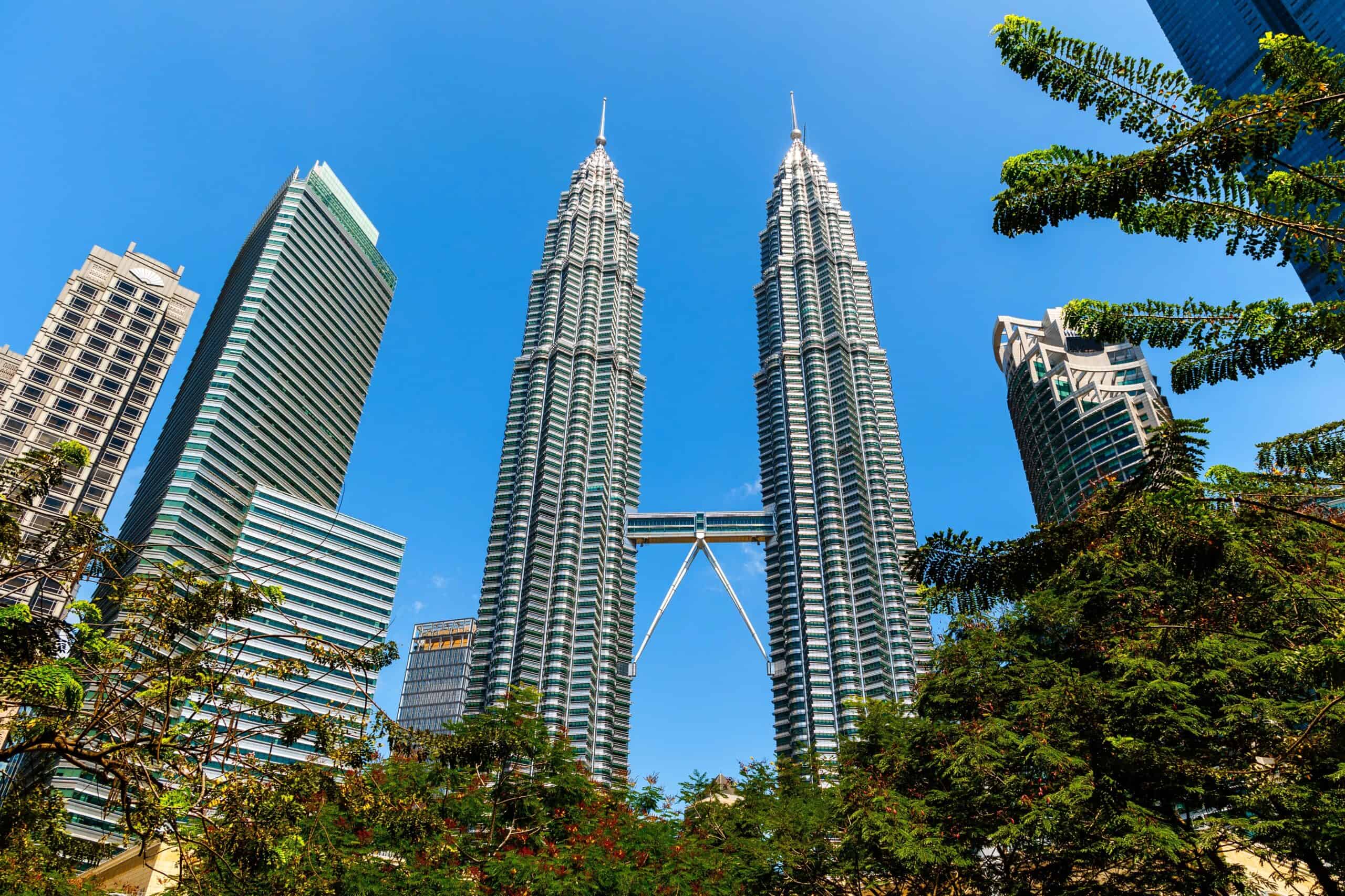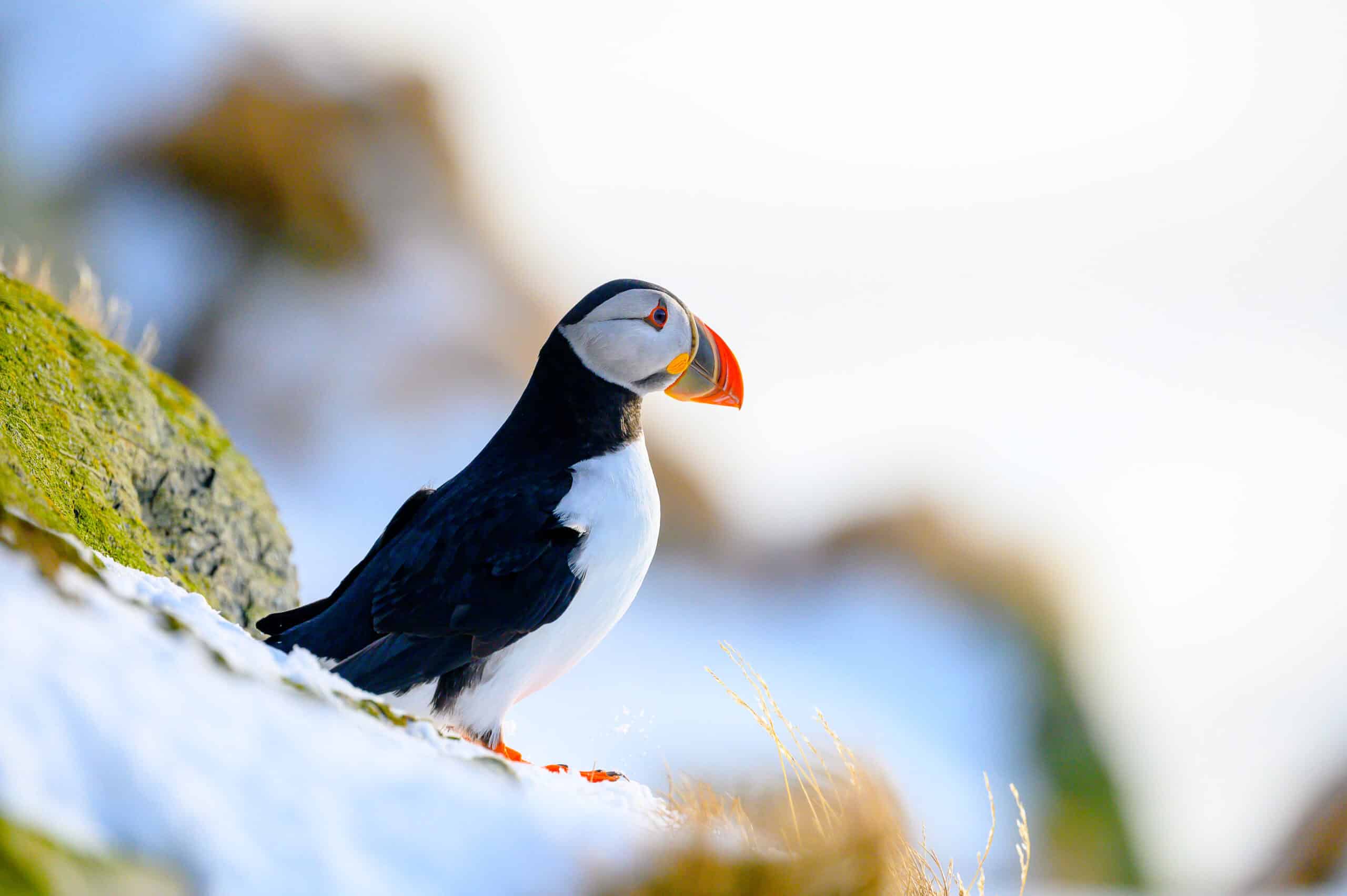Preserving unique ecosystems is one of the most vital roles national parks play in safeguarding our planet’s biodiversity. These protected areas serve as havens for countless species and showcase the natural processes that sustain life on Earth. From the diverse landscapes of Yellowstone to the rich biodiversity of the Galápagos, these iconic national parks are essential in maintaining the delicate balance of our environment. By exploring these parks, we gain a deeper understanding of the world’s most extraordinary ecosystems and the importance of protecting them for future generations.
Yellowstone National Park, USA
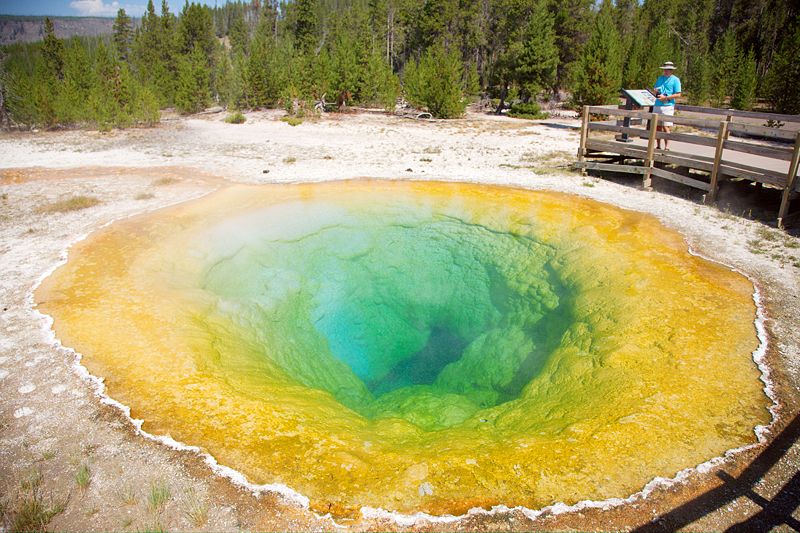
Yellowstone, the first national park in the world, is a geothermal wonderland that preserves an incredibly diverse ecosystem. Its landscapes range from vast forests to bubbling geysers, providing habitats for species like grizzly bears, wolves, and herds of bison. The park’s geothermal features, including the famous Old Faithful geyser, are fed by one of the largest active volcanic systems on Earth. In addition to its wildlife, Yellowstone’s pristine rivers and lakes are crucial to maintaining the region’s ecological balance. The park’s vastness and variety make it a critical refuge for species that rely on both alpine and lowland environments.
Galápagos National Park, Ecuador
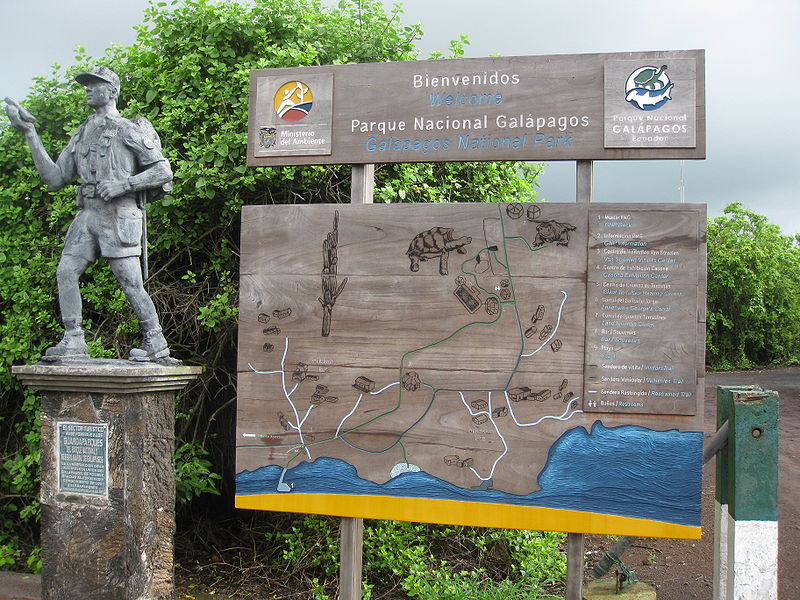
The Galápagos Islands, part of this iconic national park, are home to some of the most unique species on the planet, many of which are found nowhere else. The park’s isolated volcanic islands have allowed species to evolve independently, leading to extraordinary biodiversity. Famous for its giant tortoises, marine iguanas, and blue-footed boobies, the Galápagos is a living laboratory of evolution. The surrounding marine reserve is equally vital, protecting coral reefs and diverse marine life, including sharks and sea turtles. Preservation efforts in the park are critical to maintaining the delicate balance of its unique ecosystems.
Serengeti National Park, Tanzania
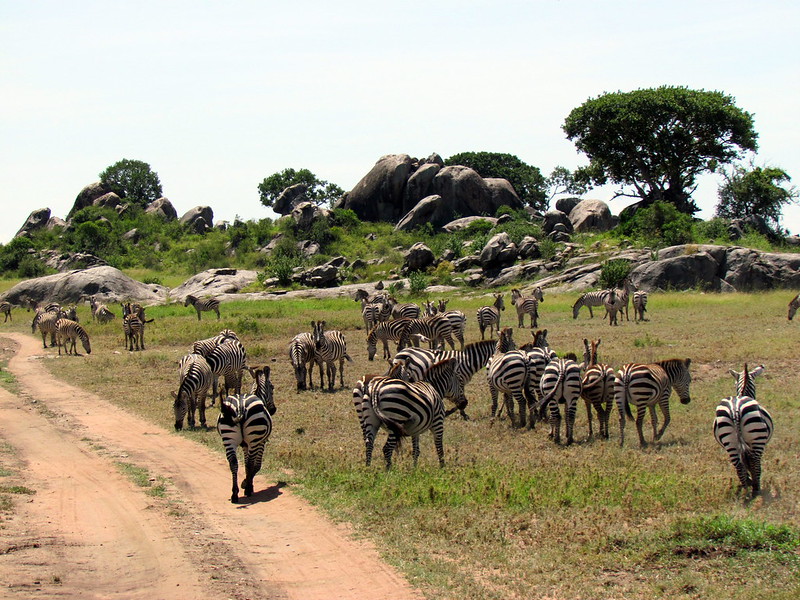
Serengeti National Park is renowned for its annual wildebeest migration, one of the most spectacular wildlife events on the planet. This park preserves a vast savanna ecosystem that supports an incredible diversity of large mammals, including elephants, lions, and giraffes. The Serengeti’s open plains are dotted with acacia trees and watered by seasonal rivers, creating an environment where predator and prey dynamics play out daily. The park’s role in maintaining these ecosystems is crucial, as it provides a sanctuary for endangered species and preserves the ecological processes that have shaped Africa’s landscapes for millennia. Conservation efforts in the Serengeti are vital to the continued survival of its iconic wildlife.
Great Barrier Reef Marine Park, Australia
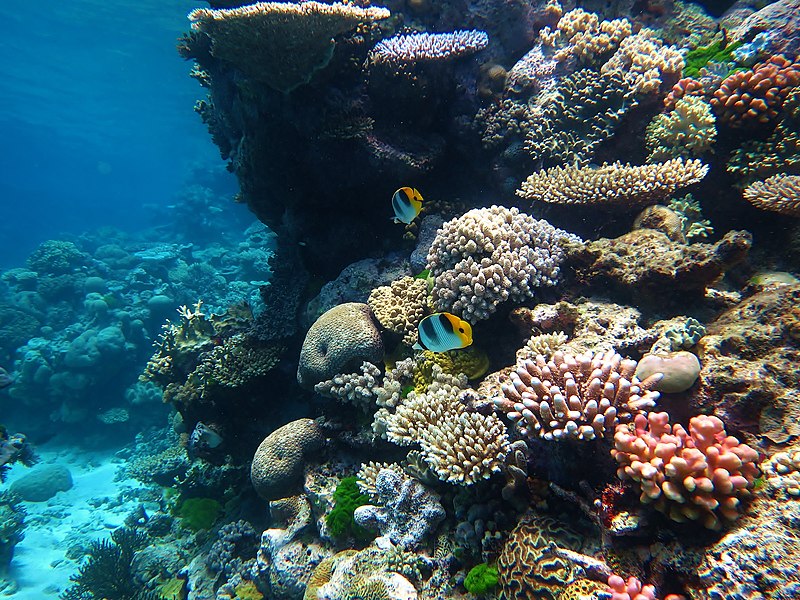
The Great Barrier Reef, a UNESCO World Heritage site, is the largest coral reef system in the world, stretching over 2,300 kilometers. This marine park preserves a stunning underwater ecosystem that includes thousands of species of fish, corals, mollusks, and marine mammals. The reef’s diverse habitats, from shallow inshore areas to deep oceanic waters, support an incredible array of life, making it one of the most biodiverse ecosystems on the planet. The park is also a critical buffer against coastal erosion and plays a significant role in carbon sequestration. Protecting the Great Barrier Reef is essential to ensuring the survival of countless marine species and the health of our oceans.
Banff National Park, Canada
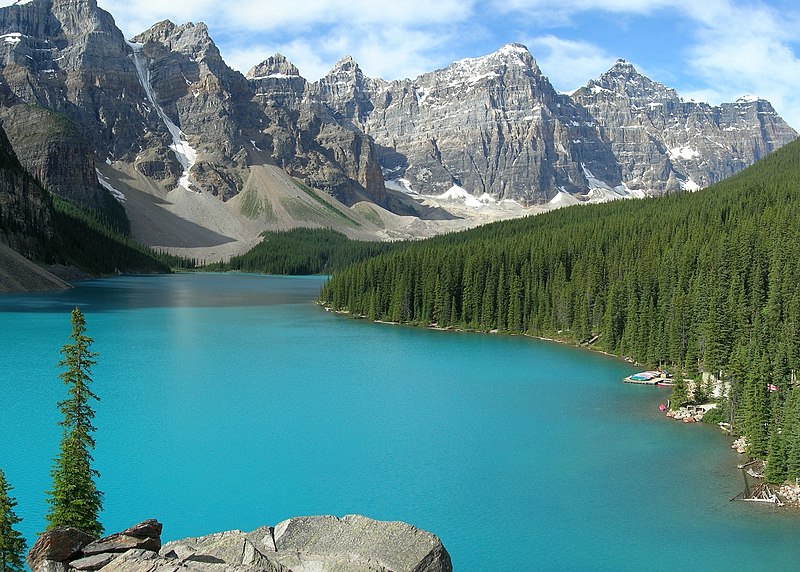
Banff National Park, nestled in the Canadian Rockies, is a pristine wilderness that protects a range of ecosystems, from montane forests to alpine meadows. The park is home to iconic wildlife such as grizzly bears, elk, and mountain goats, all thriving within its rugged landscapes. Banff’s glacial lakes and rivers are crucial sources of freshwater for the region, supporting both wildlife and human communities downstream. The park’s diverse habitats are shaped by its mountainous terrain, which creates microclimates that sustain a wide variety of plant and animal species. Conservation in Banff ensures that these ecosystems remain intact and resilient in the face of environmental change.
Kruger National Park, South Africa
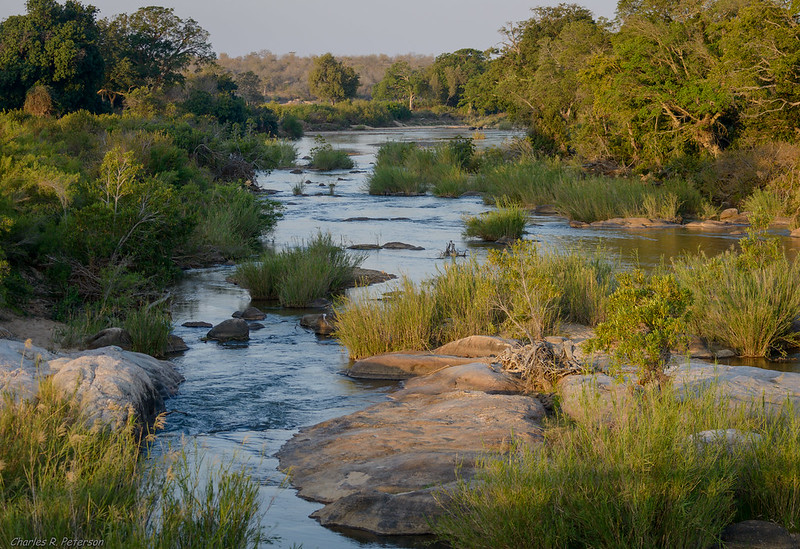
Kruger National Park is one of Africa’s largest and most diverse wildlife reserves, protecting a wide range of ecosystems from savanna grasslands to dense forests. The park is home to the Big Five—lion, leopard, rhinoceros, elephant, and buffalo—as well as numerous other species, including cheetahs and hippos. Kruger’s complex ecosystems are supported by the park’s rivers, wetlands, and mountains, which provide essential habitats for both terrestrial and aquatic life. The park plays a critical role in conservation, not only by protecting wildlife but also by maintaining the ecological processes that support these species. Ongoing efforts to combat poaching and habitat loss are vital to preserving Kruger’s unique biodiversity.
Torres del Paine National Park, Chile
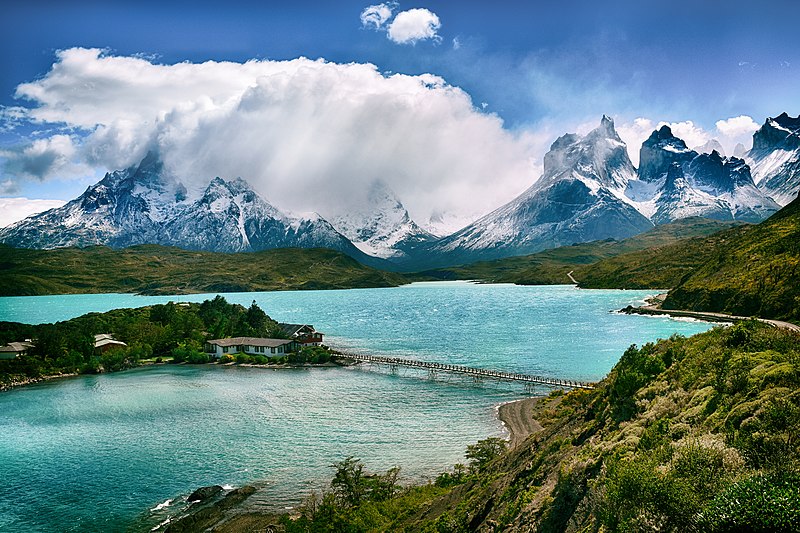
Torres del Paine National Park, located in the Patagonian region of Chile, is famous for its stunning landscapes of jagged mountains, glaciers, and turquoise lakes. The park preserves a unique combination of ecosystems, from windswept grasslands to temperate rainforests, supporting a variety of wildlife including guanacos, Andean condors, and pumas. Its glaciers, part of the Southern Patagonian Ice Field, are crucial for regional water cycles, feeding the park’s rivers and lakes. The park’s dramatic terrain and remote location make it a vital refuge for species adapted to harsh conditions. Conservation efforts in Torres del Paine are essential to protecting these fragile ecosystems from the impacts of climate change.
Kakadu National Park, Australia
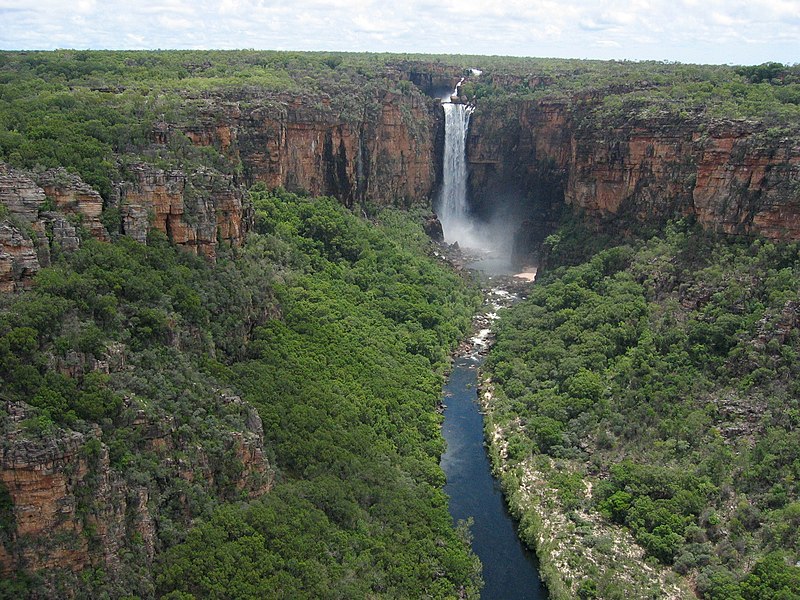
Kakadu National Park is a vast, biodiverse reserve in Australia’s Northern Territory, home to a range of ecosystems from wetlands to sandstone escarpments. The park is a sanctuary for countless species, including saltwater crocodiles, kangaroos, and a rich diversity of birdlife. Kakadu’s wetlands, which flood and dry seasonally, are crucial breeding grounds for fish and migratory birds. The park also preserves important cultural heritage, with thousands of Aboriginal rock art sites that date back tens of thousands of years. Protecting Kakadu’s unique ecosystems is essential for maintaining both its natural and cultural values.
Sagarmatha National Park, Nepal
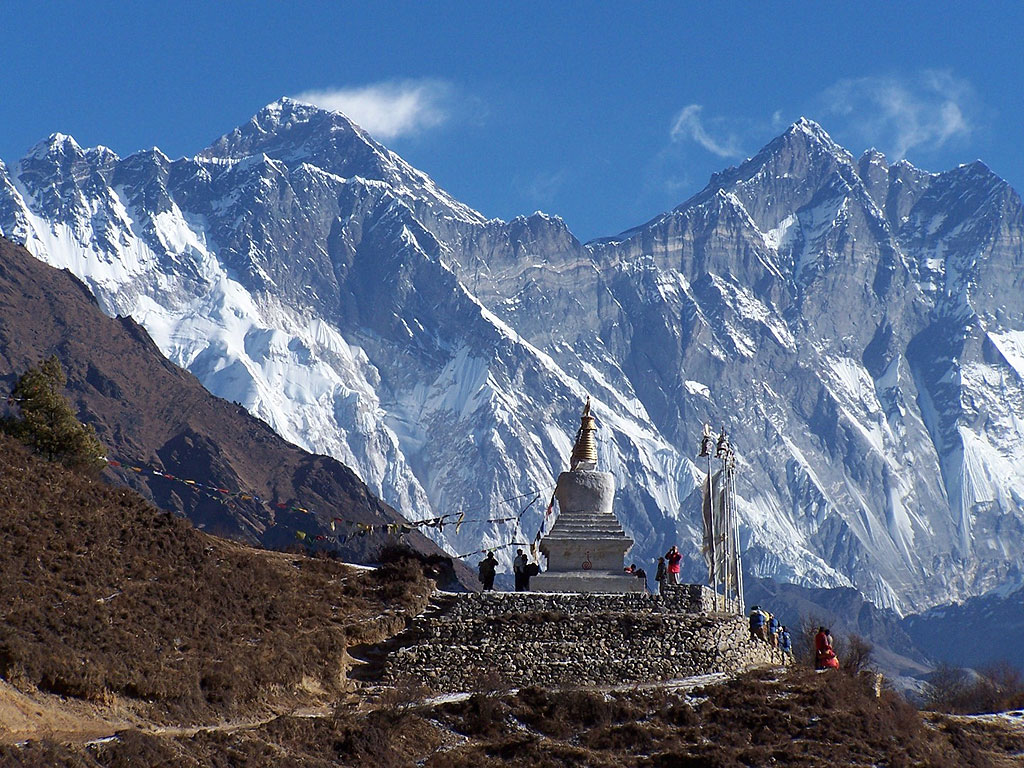
Sagarmatha National Park, home to Mount Everest, is an extraordinary region that preserves high-altitude ecosystems, including alpine meadows, glaciers, and subalpine forests. The park is a haven for species adapted to extreme conditions, such as the snow leopard and the Himalayan tahr. Its glaciers are vital sources of freshwater for millions of people downstream, feeding major rivers like the Ganges. The park’s rugged terrain and harsh climate create unique challenges for both wildlife and vegetation, making conservation efforts here particularly important. Sagarmatha’s ecosystems are also deeply intertwined with the cultural practices of the Sherpa people, who have lived in harmony with this environment for centuries.
Everglades National Park, USA
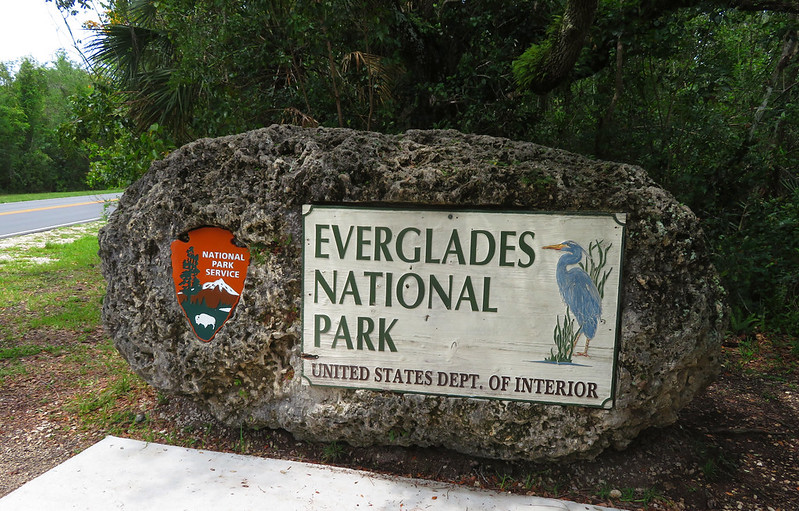
Everglades National Park is a vast wetland ecosystem in southern Florida, known for its unique mix of freshwater and saltwater environments. The park is home to a diverse array of wildlife, including alligators, manatees, and a wide variety of bird species. The Everglades’ slow-moving waters create a rich mosaic of habitats, from sawgrass marshes to mangrove forests, each supporting different species. The park plays a crucial role in filtering water and supporting the region’s aquifers, making it vital for both wildlife and human communities. Protecting the Everglades is essential to preserving this unique ecosystem, which is threatened by development and climate change.
Plitvice Lakes National Park, Croatia
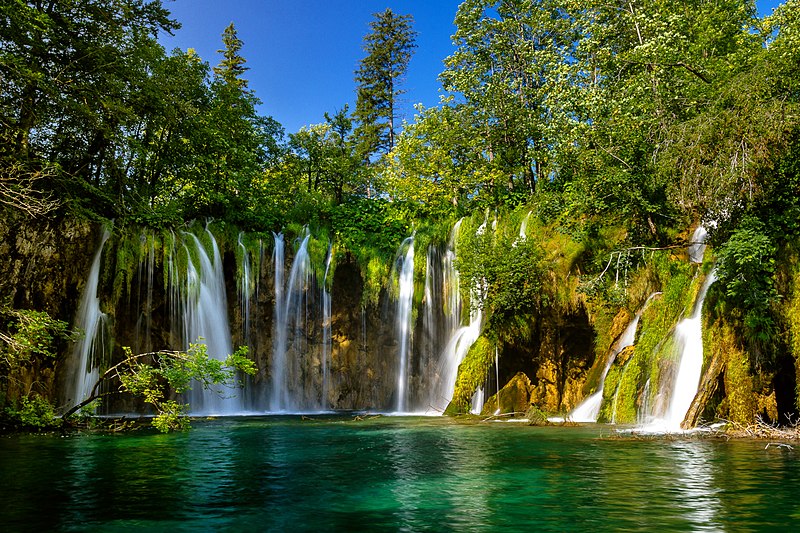
Plitvice Lakes National Park is a stunning landscape of cascading lakes and waterfalls, set within a lush forested environment. The park’s unique karst topography creates a series of interconnected lakes that are fed by underground rivers and streams. Plitvice is home to a variety of plant and animal species, including brown bears, wolves, and rare orchids, all thriving within its pristine ecosystems. The park’s clear, turquoise waters are maintained by the constant deposition of travertine, a natural limestone process that builds barriers and creates new waterfalls. Conservation in Plitvice Lakes is vital to maintaining the park’s delicate hydrological and ecological balance.
Manu National Park, Peru
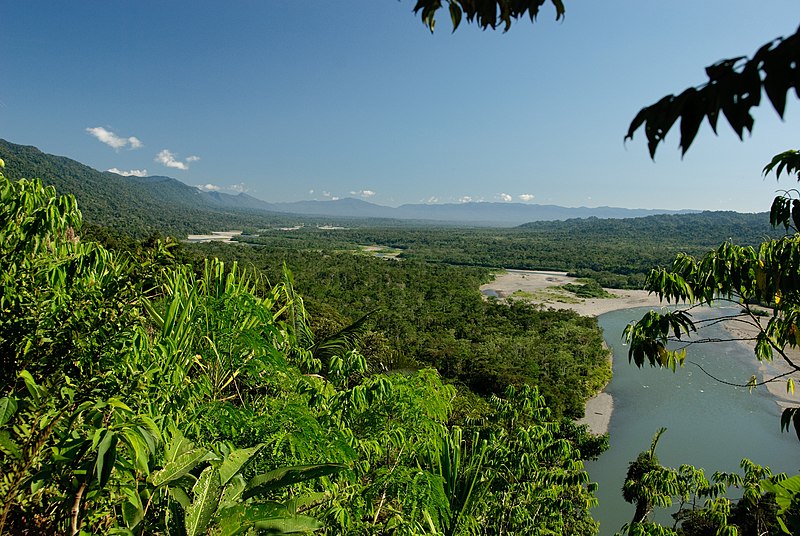
Manu National Park is one of the most biodiverse regions in the world, preserving a wide range of ecosystems from lowland rainforests to high-altitude grasslands. The park is home to an astonishing variety of species, including jaguars, giant otters, and over 1,000 species of birds. Manu’s remote location and difficult terrain have helped protect its ecosystems from human interference, making it a critical refuge for many endangered species. The park also supports a number of indigenous communities who have lived sustainably within its boundaries for centuries. Protecting Manu’s unique biodiversity is essential for the health of the global environment.
Göreme National Park, Turkey
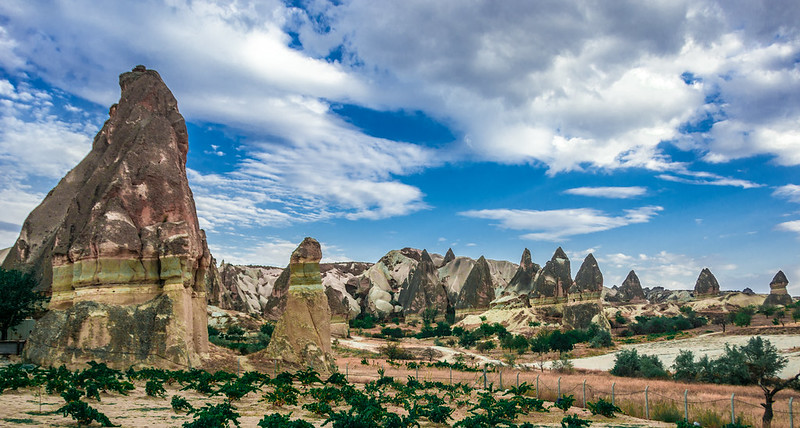
Göreme National Park, located in the heart of Cappadocia, is a unique landscape of eroded rock formations, known as fairy chimneys, set within a semi-arid environment. The park preserves a range of ecosystems, from dry steppes to riparian habitats along its streams, supporting species like the Eurasian eagle-owl and various reptiles. Göreme’s geological formations have also provided shelter for humans for thousands of years, with ancient cave dwellings and churches carved into the soft rock. The park’s combination of natural and cultural heritage makes it a site of global significance. Conservation efforts in Göreme focus on preserving its unique landscapes and the biodiversity they support.
Denali National Park, USA
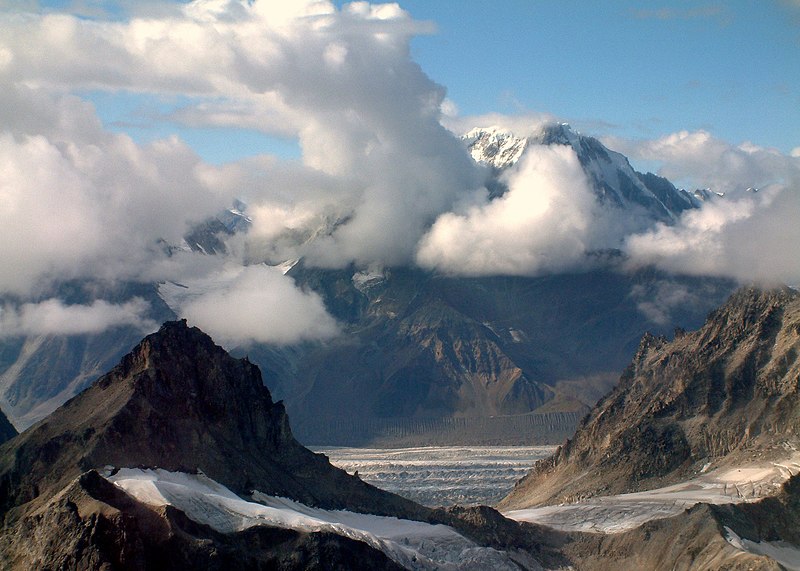
Denali National Park, dominated by the towering peak of Mount Denali, the highest mountain in North America, preserves a wide range of ecosystems from boreal forests to tundra. The park is home to large mammals such as grizzly bears, moose, and caribou, all of which thrive in its vast, unspoiled wilderness. Denali’s rugged terrain and extreme weather create a challenging environment for both wildlife and vegetation, making it a key area for studying ecological adaptation. The park’s glacial rivers and alpine meadows provide essential habitats for a variety of species, contributing to its rich biodiversity. Conservation in Denali is critical for maintaining these ecosystems and the wildlife that depends on them.
Sunderbans National Park, India
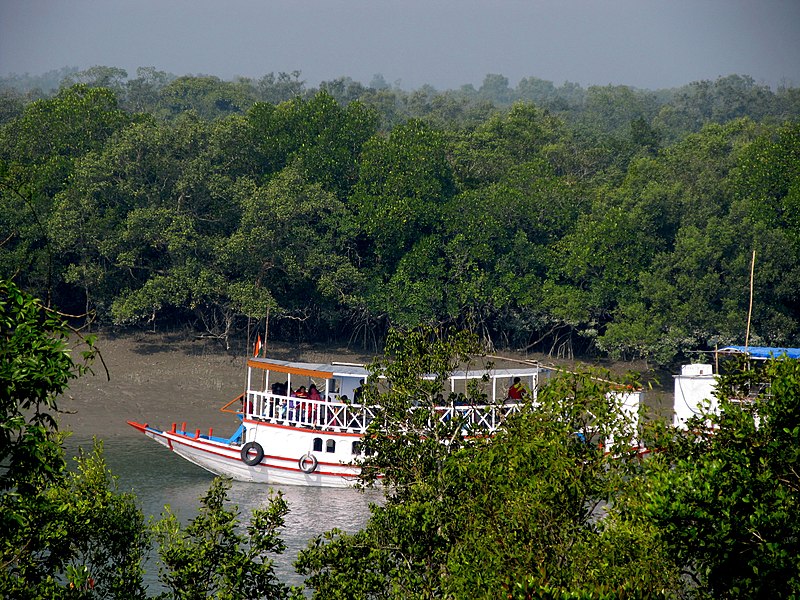
Sunderbans National Park, located in the largest tidal halophytic mangrove forest in the world, is a unique ecosystem that spans both land and water. The park is famous for its population of Bengal tigers, which have adapted to life in this challenging environment, swimming between islands in search of prey. The Sunderbans’ mangrove forests are crucial for protecting coastal areas from erosion and providing habitat for a wide range of species, including crocodiles, spotted deer, and various fish and bird species. The park’s intricate network of waterways and mudflats supports a diverse ecosystem that is highly sensitive to changes in water salinity and sea levels. Protecting the Sunderbans is essential for preserving this fragile ecosystem and the livelihoods of the communities that depend on it.
This article originally appeared on Rarest.org.
More From Rarest.Org
The universe is full of mysteries waiting to be uncovered, and recent advancements in technology and research have led to some of the most fascinating space discoveries ever made. From the detection of gravitational waves to the first image of a black hole, these groundbreaking findings have expanded our understanding of the cosmos. Read more.
Skyscrapers are marvels of modern engineering and design, standing tall as symbols of human innovation and progress. These towering structures not only shape the skylines of cities around the world but also represent the cultural and economic aspirations of their locations. Read more.
The Arctic is a unique and fascinating region, home to an incredible array of wildlife adapted to its extreme conditions. From the icy waters to the frozen tundra, the Arctic hosts a variety of species that have evolved remarkable traits to survive and thrive in one of the harshest environments on Earth. Read more.


